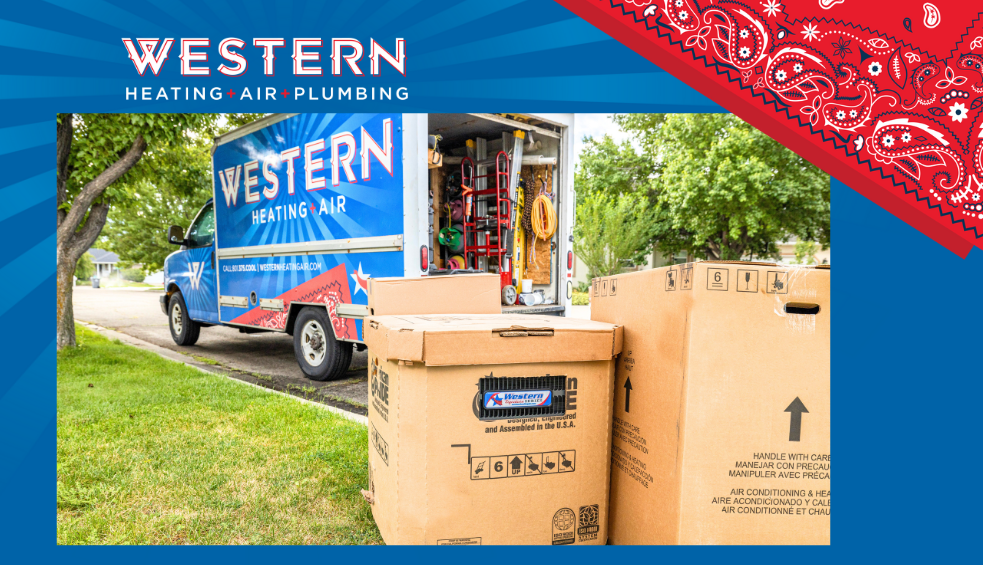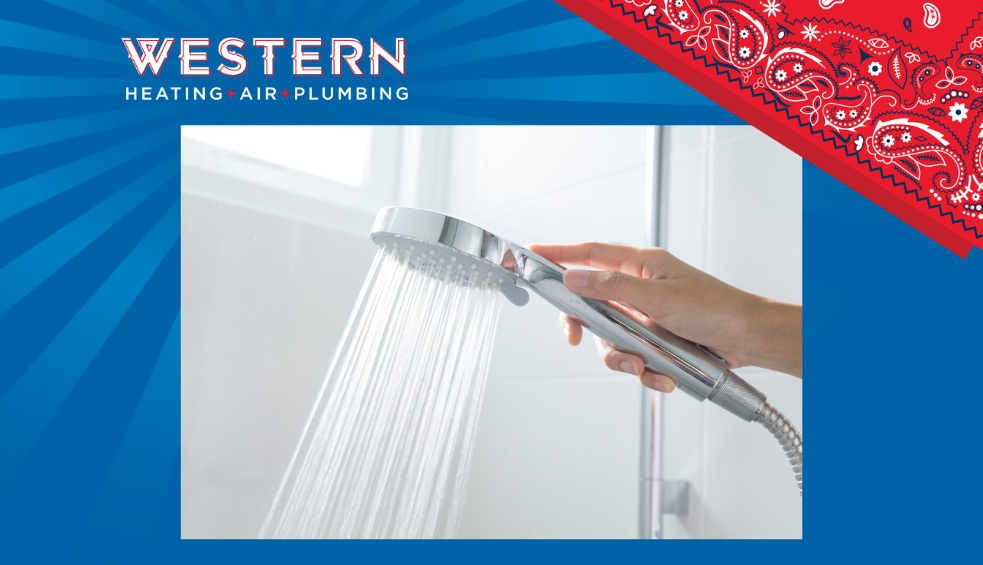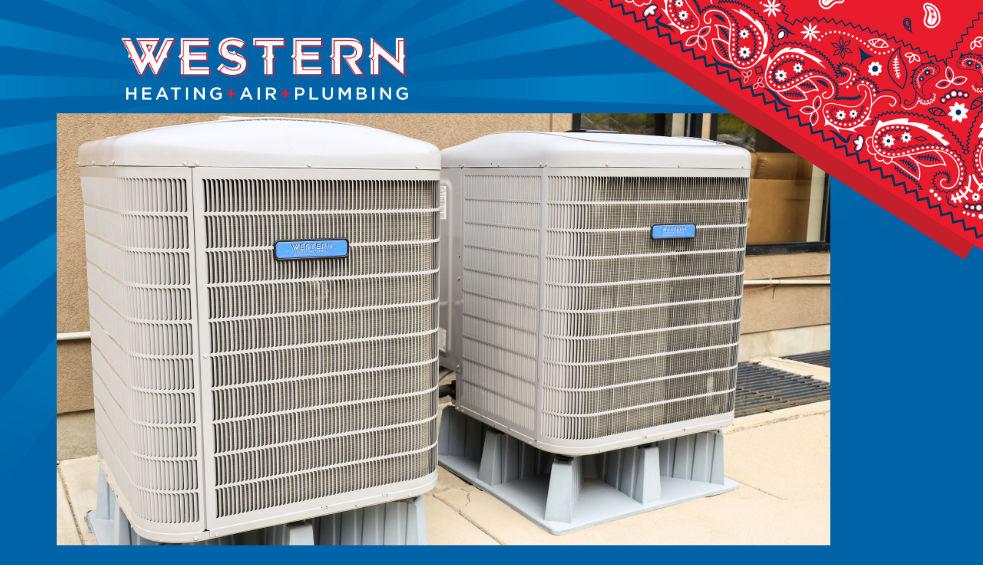Easy Steps to Improve Your Indoor Air Quality during the Current Situation
The COVID-19 pandemic is affecting lives in so many ways, including forcing people to be home all the time.
Now that you’re trapped in your house all day, every day, are you noticing that you have some issues with the quality of your indoor air?
You can improve air quality in home with the right steps, though, and this is an essential issue to address now that life is different.
So, what steps can you take to improve your indoor air quality? Here are some easy ones that may help you achieve this goal.
Replace the Air Filter in Your HVAC System
As the weather warms up, you’re more likely to start using your central air conditioning system to cool your house. If you’ve already turned your AC on, did you think to check the air filter in it?
The air filter in your HVAC system plays a role in the quality of your indoor air. If the filter is dirty, it will not be able to remove impurities from your air. The result is an increase in toxins and contaminants in your air.
One simple step to take to improve your indoor air is changing this filter. You should change is as often as needed, or you can get on a regular schedule of replacing it every three months.
When you have a clean air filter, it will clean the air more thoroughly, leaving the air in your home cleaner and fresher.
If you’re home more now than ever, you may go through air filters faster. So, you should check yours every month.
Test the Humidity to Ensure It Is Within Normal Parameters
The next step to take is testing the humidity levels in your home. The normal parameters for a home are 30% to 50%.
If your humidity level is below 30%, it is probably too dry in your house. Dry air tends to irritate skin and can trigger allergy and respiratory issues.
When the humidity level in a home reaches a percentage higher than 50%, the air can be uncomfortable and hard to breathe. At this humidity level, mold can develop and can contaminate the air.
Your indoor air quality will suffer if the humidity level is not within the suggested range.
If you test it and find that it is not right, you can use a dehumidifier to lower the rate. If the level is too low, you can use a humidifier to increase it.
Open the Windows When It Is Nice Outside
One cause of poor indoor air quality is a lack of ventilation. If you run your central AC system, it will distribute the air throughout your home, which helps prevent stagnant air.
If you are not running your AC system, you should consider opening your windows. Opening your windows allows fresh air to come in and stagnant air to go out. It exchanges the dirty, contaminated air you have with cleaner air.
Did you know that the air in a typical house has two to five times as many contaminants as outdoor air? If you can replace indoor air with outdoor air, you’ll instantly have cleaner air to breathe while you are in your home.
During this lockdown, you might not be able to leave your home, but that shouldn’t stop you from getting fresh air. You can still go outside or bring the outside air in by opening your windows.
Get Some Plants
Another easy way to improve your indoor air is by getting some houseplants. Having plants in your home provides a lot of incredible benefits, including cleaner air.
Houseplants take in the carbon dioxide in your home’s air and transform it into oxygen. Houseplants, therefore, serve the role of cleaning the air in your home.
This benefit is not the only advantage offered by plants, though. They also clean the toxins from the air, and they boost healing.
Run the Exhaust Fan When Cooking
Anytime you cook food in your home, the process required in cooking creates toxins in the air. The toxins come from burning fuel in your oven or on your stove. They come from the steam produced from the foods you cook.
Imagine how your house smells after cooking broccoli. While broccoli probably doesn’t leave toxins in your home from cooking it, it will leave bad odors. Bad odors affect the quality of your indoor air.
If you use the exhaust fan while you cook, you can remove a lot of the odors and toxins from the air. You’ll also remove heat and moisture from your house as you cook.
A kitchen exhaust fan pulls the heat, moisture, fumes, and toxins out of your home through a vent. You’ll notice a big difference in the quality of your air if you make a habit of using this fan every time you cook.
Now that you’re home more often, you might be cooking more meals at home. Cooking more than you used to can lead to a decrease in the quality of your indoor air.
Purchase a Home Air Purifier
If you want to see a noticeable difference in the quality of your air without waiting long, you should buy a home air purifier system. You can buy a cheap one from the store, or you can buy one from an HVAC company.
The cheaper ones are portable and easy to use. You just place it in a room, plug it in, and turn it on. It will filter the contaminants out of the air in your house, leaving you with fresher air.
A whole-home air purification system provides a more effective way to clean your air. A portable system can only clean a small amount of the air in a home, whereas a whole-home system cleans all the air.
You can learn more about air purifiers and other ways to clean your air by checking out our blog.
Improve Air Quality in Home by Getting Your HVAC System Cleaned
Are you ready to take action to improve air quality in home? If so, following these tips may help you see a significant improvement in your home’s air quality.
You can also learn more about this subject by contacting us to learn about the services we offer to help you improve your indoor air quality.
Call us today or visit our site to learn more!







